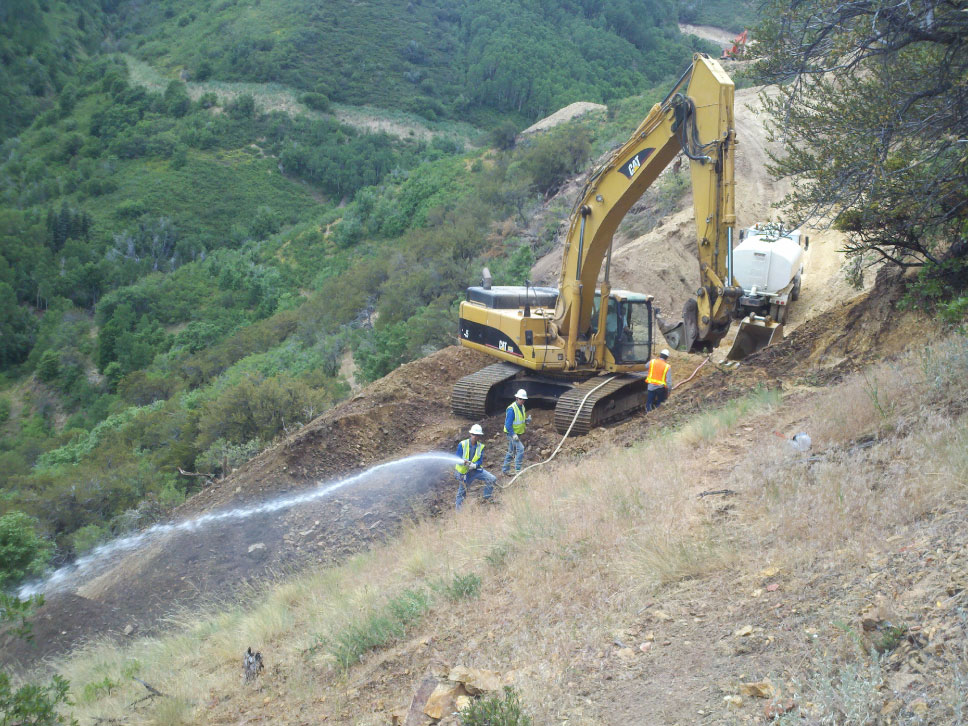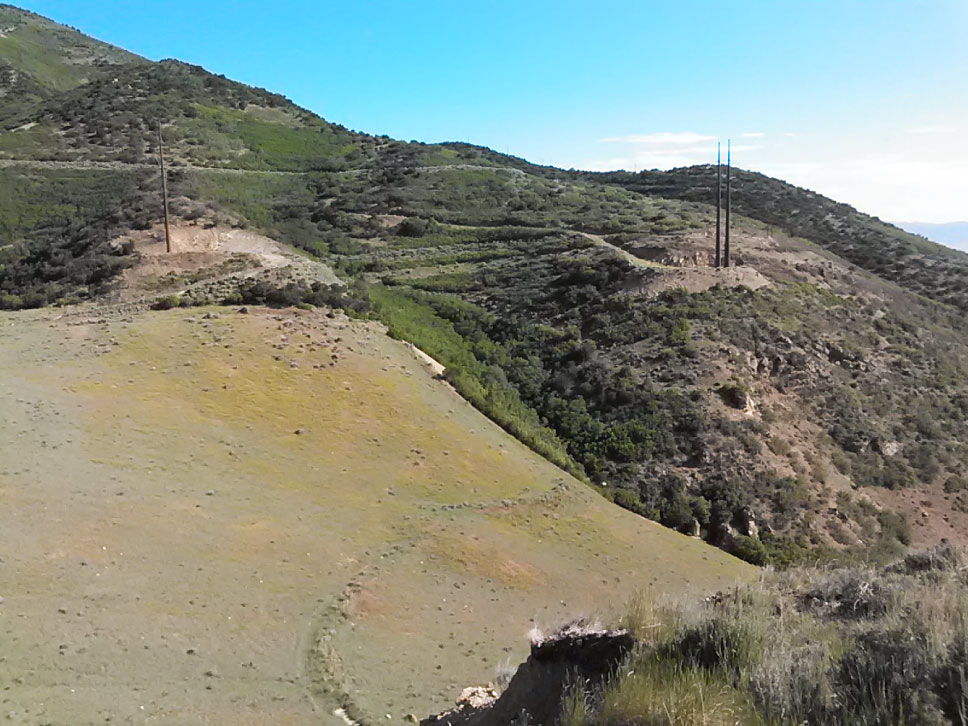EHV T-LINE JOB NEAR HISTORIC MINE TAKES CONSERVATION, CONSTRUCTION
EEG’s environmental compliance and construction expertise helped PacifiCorp engineer, procure and construct (EPC) a 31-mile 345-kV transmission line, 68-mile 500-kV line, and approximately 500 structures to link the Clover Substation in Mona, Utah, with the Oquirrh Substation near West Jordan, Utah.
The transmission project straddled environmentally sensitive areas owned variously by the Bureau of Land Management (BLM), State of Utah and private parties. PacifiCorp called on EEG’s experts to work with the BLM and create and launch conservation measures to keep construction of the transmission line and substations moving, while protecting a special-status wildlife and plants habitat, wetlands and riparian areas. As part of its plan, EEG also had to consider how to control noxious weeds and navigate terrain encompassed by the Kennecott Utah Copper Corporation’s Bingham Canyon Mine, the deepest open-pit mine in the world and a designated National Historic Landmark.
EEG communicated with BLM to create a plan for construction in this area by relying on helicopters and on foot.
Client
PacifiCorp (MidAmerican Energy Holdings Co.)
Date
February 2011 to June 2013
Location
Utah
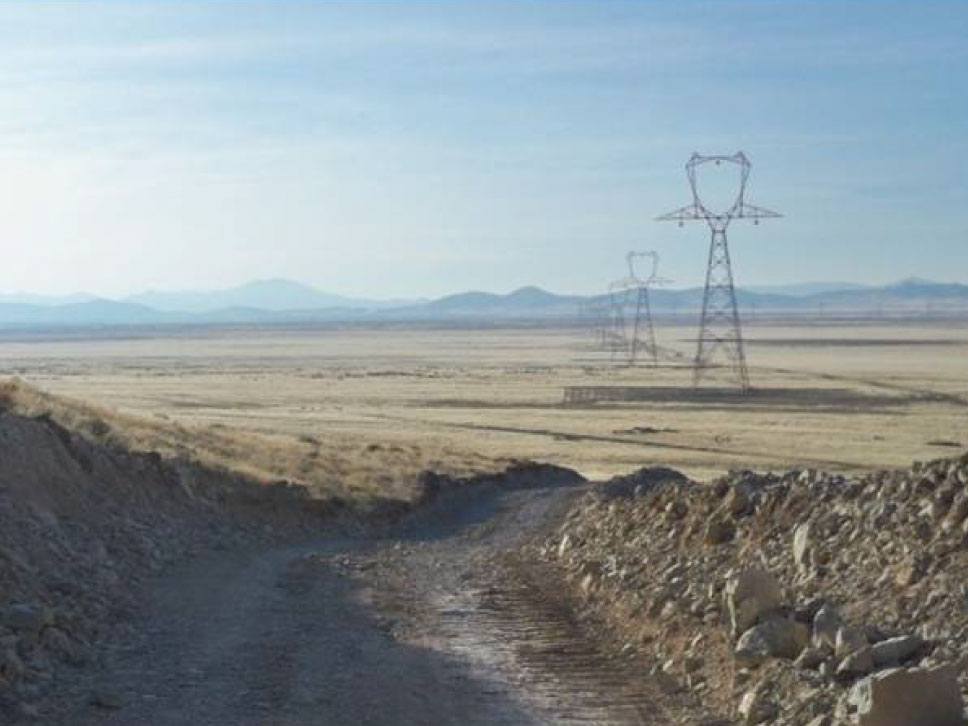

Hurdling challenges to keep a timetable
As part of its conservation measures, EEG created a detailed avian protection plan to limit the chance of disturbing nesting raptors. To ensure the construction timetable stayed on course, EEG’s plan also included EEG biological monitors conferring daily with project managers to look three days ahead of construction activity and, if needed, launch a contingency should crews discover an active nest. As part of the protection plan, EEG also put in place standards for reporting and working near nests (e.g., half-mile buffers for active nests).
Apart from protecting avian species, the southern part of the construction project included a BLM-designated limited access area, or LAA, restricting motor vehicle use. The BLM established the LAA to rehabilitate the terrain after a wildland fire. EEG communicated with BLM to create a plan for construction in this area by relying on helicopters and on foot.
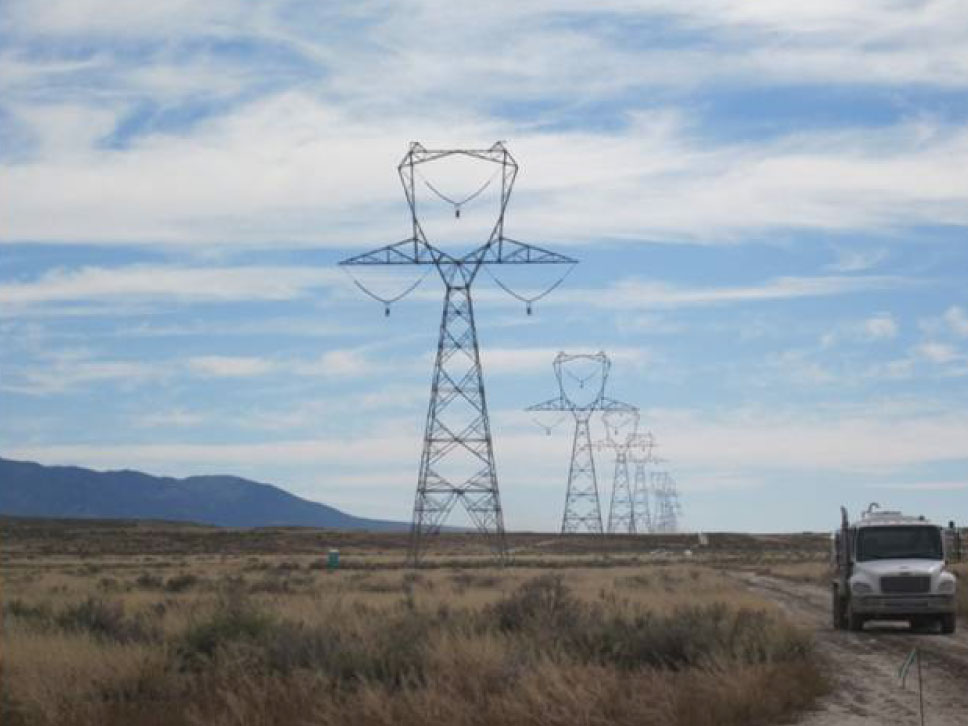
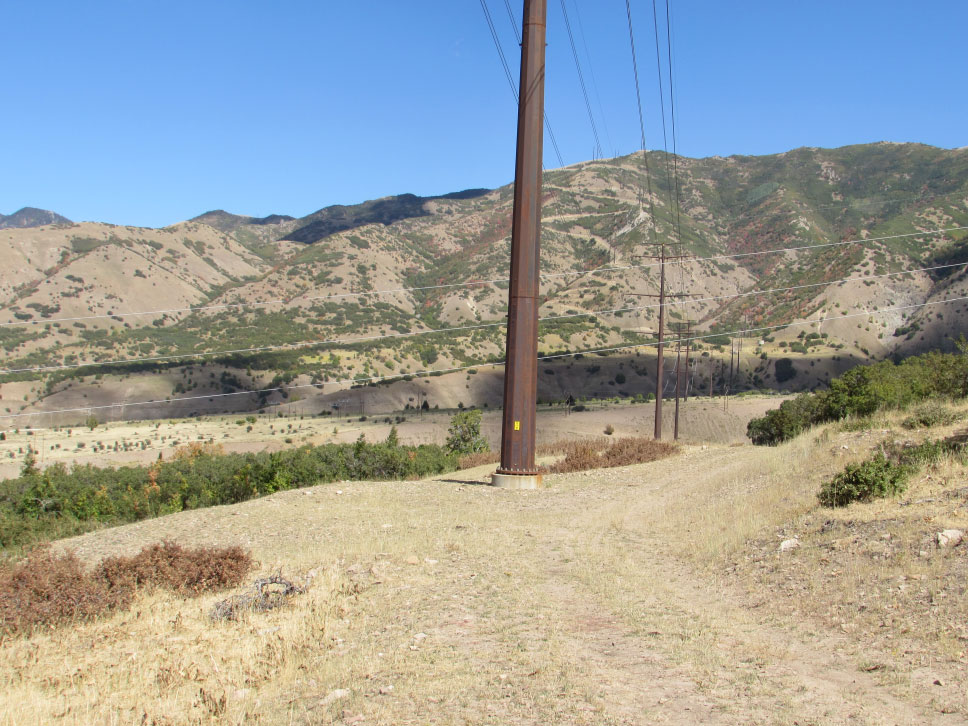
Gaining buy-in through education
A plan is only effective if a team understands and accepts the elements. Along with designing methods and processes for protecting the construction schedule and wildlife, plants and other natural resources in the path of the transmission line, EEG educated project managers and crews. The learning included an overview of the sensitive, wildlife species on the job sites and the actions everyone could take to protect these species and ensure a successful construction effort. EEG explained the importance of notifying biological monitors of wildlife encounters, honoring speed limits, avoiding feeding wildlife and daily safety checks for equipment, trenches and excavations.
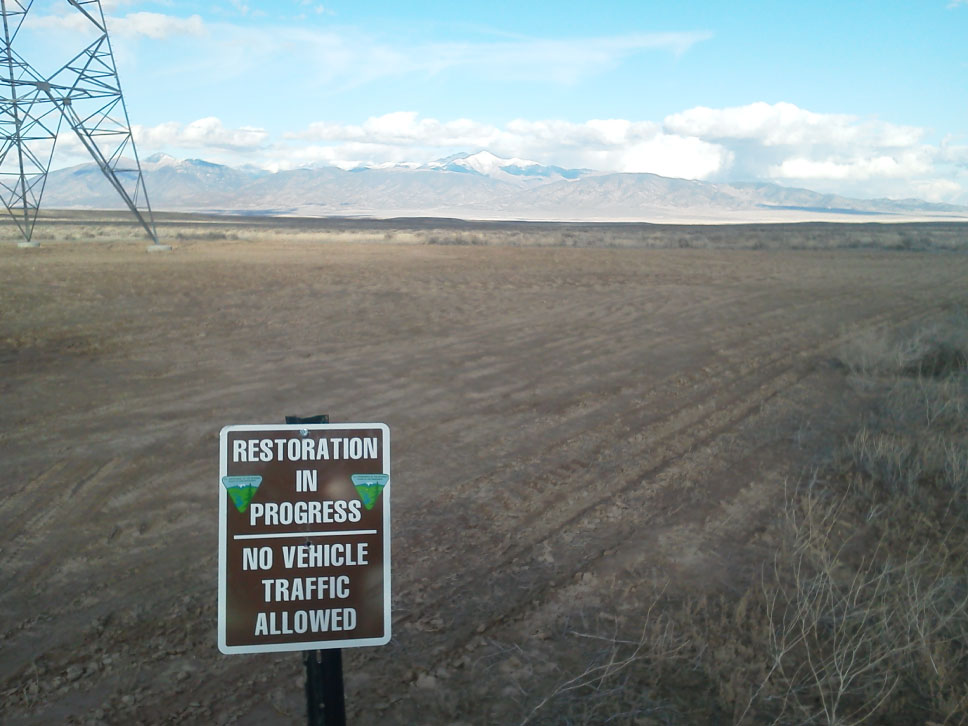
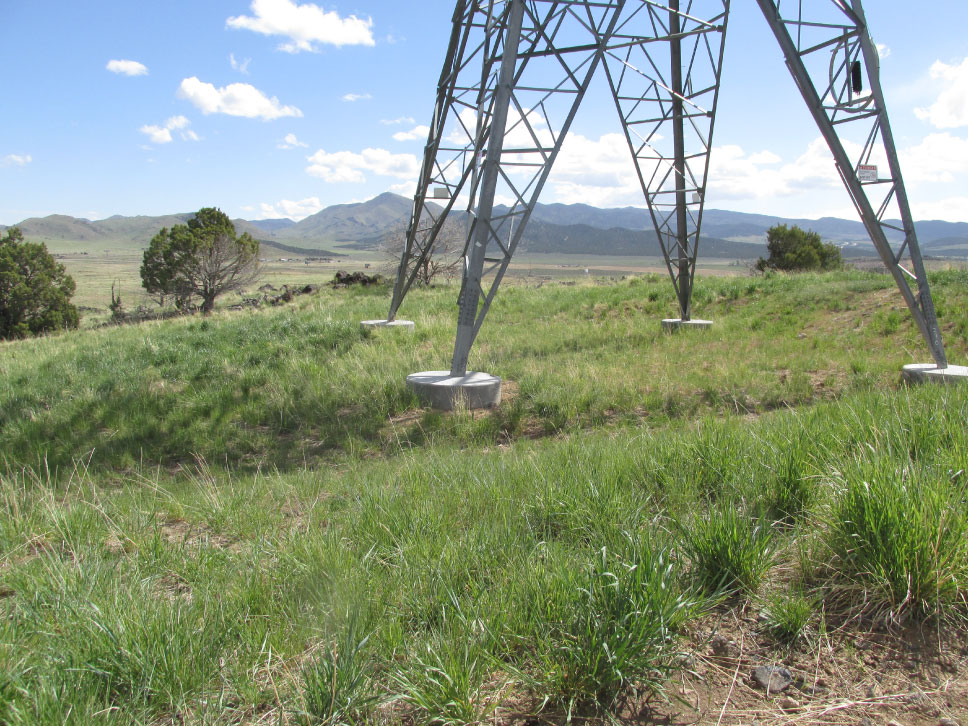
Leaving it better than found
Many of the project’s access roads and towers traversed very steep terrain consisting largely of reclaimed soils. In spite of these challenges, EEG achieved the property owners’ desired vegetation growth through hydroseeding and BMPs for stormwater. To meet Kennecott Utah Copper Corporation’s needs, EEG coordinated all of its activities and final approval with the mining company. EEG’s diligent maintenance and repair of BMPs and noxious-weed control, among other efforts, forged a strong relationship between EEG and Kennecott’s environmental representative, pleasing the mine’s owner.
